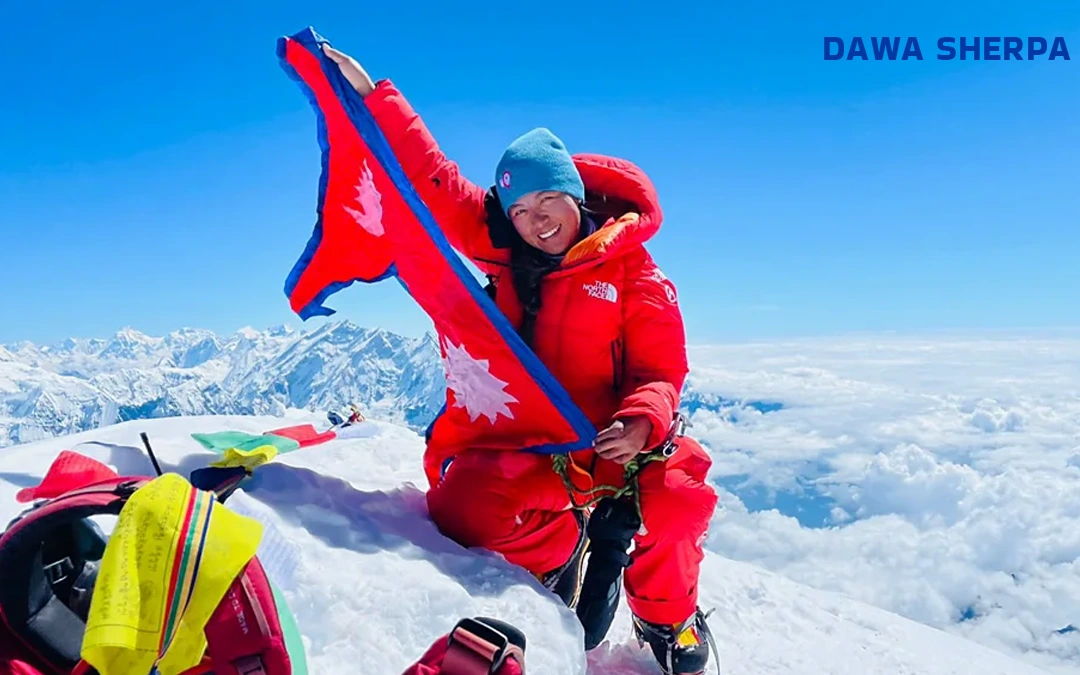Sherpas are an ethnic group native to the Himalayas, especially eastern Nepal. Over the years, their name has become synonymous with high-altitude mountaineering. Known for their strength, endurance, and knowledge of the terrain, Sherpas work as guides and porters, helping climbers from around the world reach the summit of Mount Everest and other peaks in the Himalayas.
The Harsh Reality Behind the Heroism
While often seen as “superhuman,” Sherpas are not immune to the effects of altitude, exhaustion, or oxygen deprivation. Many people assume they are naturally protected against the dangers of climbing, but in truth, they face the same — if not greater — risks than the tourists they guide.
“Sherpas don’t climb for the fame and glory of it, nor for some accomplishment. They climb because it is sometimes the only source of livelihood,” says Nima Nuru Sherpa, president of the Nepal Mountaineering Association (NMA). With limited economic opportunities in the region, climbing becomes a necessary, though dangerous, job.
Kami Rita Sherpa: A Living Legend
In May 2025, Kami Rita Sherpa, aged 54, climbed Everest for the 31st time, breaking his own record. He is now the only person in history to have summited the world’s highest peak that many times. His achievement reflects both incredible skill and the pressure many Sherpas face to keep climbing year after year to support their families.
A Dangerous Job With a Deadly Toll
According to the Himalayan Database, 132 Sherpas have lost their lives on Everest, with 28 deaths in the past decade alone. Most of these accidents occur while fixing ropes, carrying loads, or trying to save foreign climbers. Sherpas are often the first to head up the mountain each season and the last to come down.
This year, even before reaching base camp, three porters from lower regions died from altitude-related illnesses, according to Dr. Nima Ongchuk Sherpa, a physician based in the Himalayan village of Khunde.
Everest’s Commercial Boom Increases Pressure
The number of people attempting to climb Everest has grown rapidly, with hundreds of climbers each season. This has led to overcrowding, longer waiting times near the summit, and more pressure on Sherpas to work in dangerous conditions. They often carry over 30 kg of supplies, including oxygen cylinders, food, and tents — sometimes making multiple trips per expedition.
What Needs to Change?
Many experts believe the international climbing industry must do more to protect Sherpas. This includes better insurance, improved safety training, limit-setting on loads, and recognition of their work. While clients pay tens of thousands of dollars for a chance to climb Everest, Sherpas earn a fraction of that — often risking everything to make it happen.
Sherpas Who Made History
- Tenzing Norgay: The first to summit Everest along with Sir Edmund Hillary in 1953. He became a global symbol of courage and Sherpa excellence.
- Pasang Lhamu Sherpa: The first Nepalese woman to reach Everest’s summit in 1993. She tragically died during her descent.
- Lhakpa Sherpa: Holds the record for the most Everest summits by a woman. Her story was featured in the award-winning 2025 documentary Mountain Queen.
- Pasang Lhamu Sherpa Akita: Nepal’s first female mountaineering instructor and a National Geographic Adventurer of the Year. She also summited K2.
- Tashi Lakpa Sherpa: Climbed Everest without oxygen at age 19, setting a Guinness World Record. He later completed the Seven Summits challenge.
Sherpas are the backbone of Himalayan mountaineering. Without them, most climbs would be impossible. It’s time the world looks beyond records and glory, and sees the human cost behind each successful summit. Every climb that reaches the top does so on the shoulders of these unsung heroes.
Behind The First Summit of The World’s Tallest Mountain (Full Episode) | Lost on Everest
Discover more empowering stories and insightful content like this on GRISU TIMES, your go-to destination for inspiration and knowledge.
Follow GRISU TIMES on Instagram: https://www.instagram.com/grisutimes/

